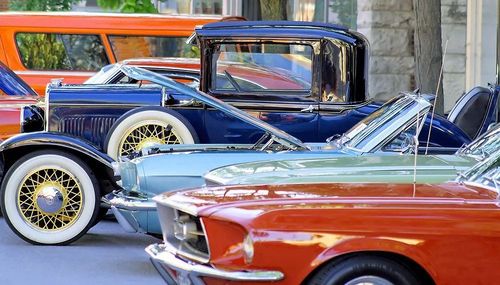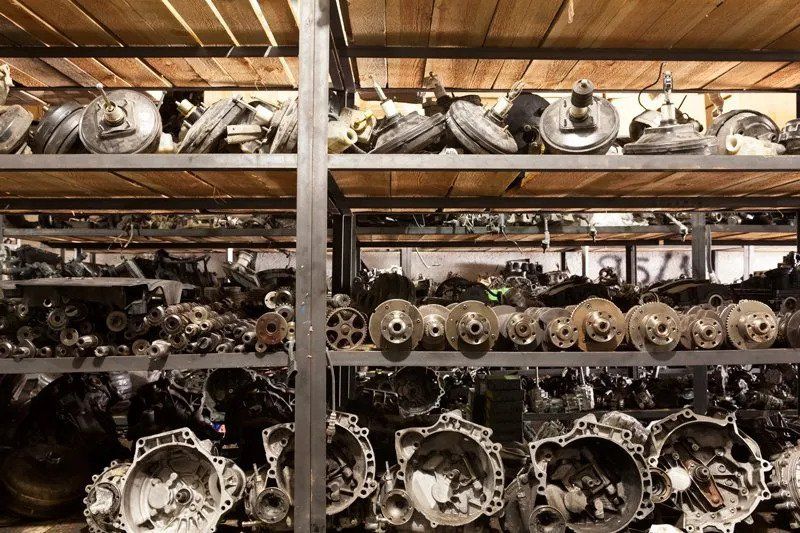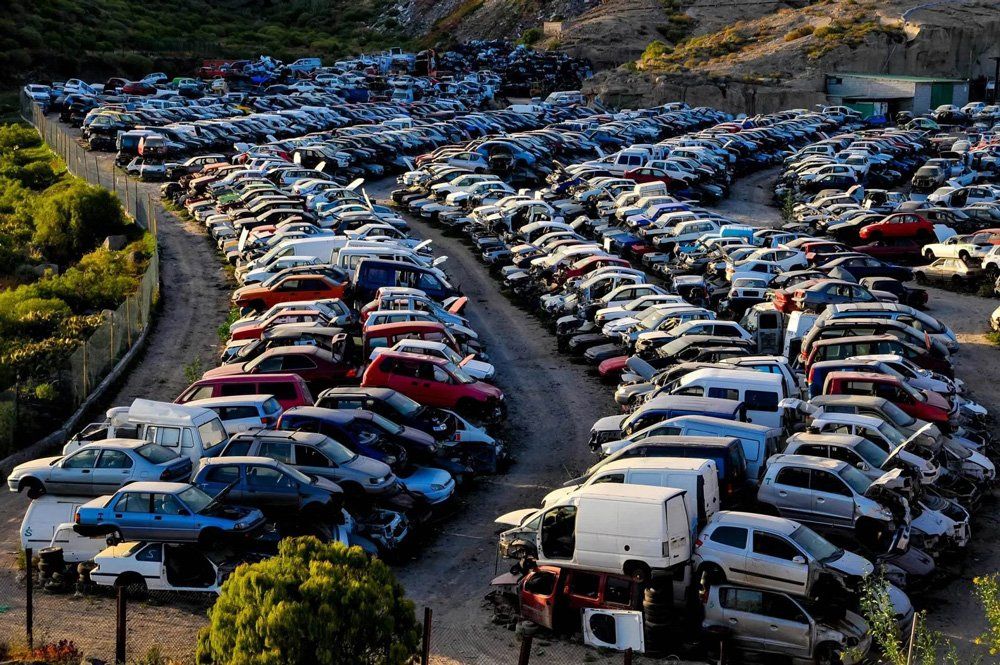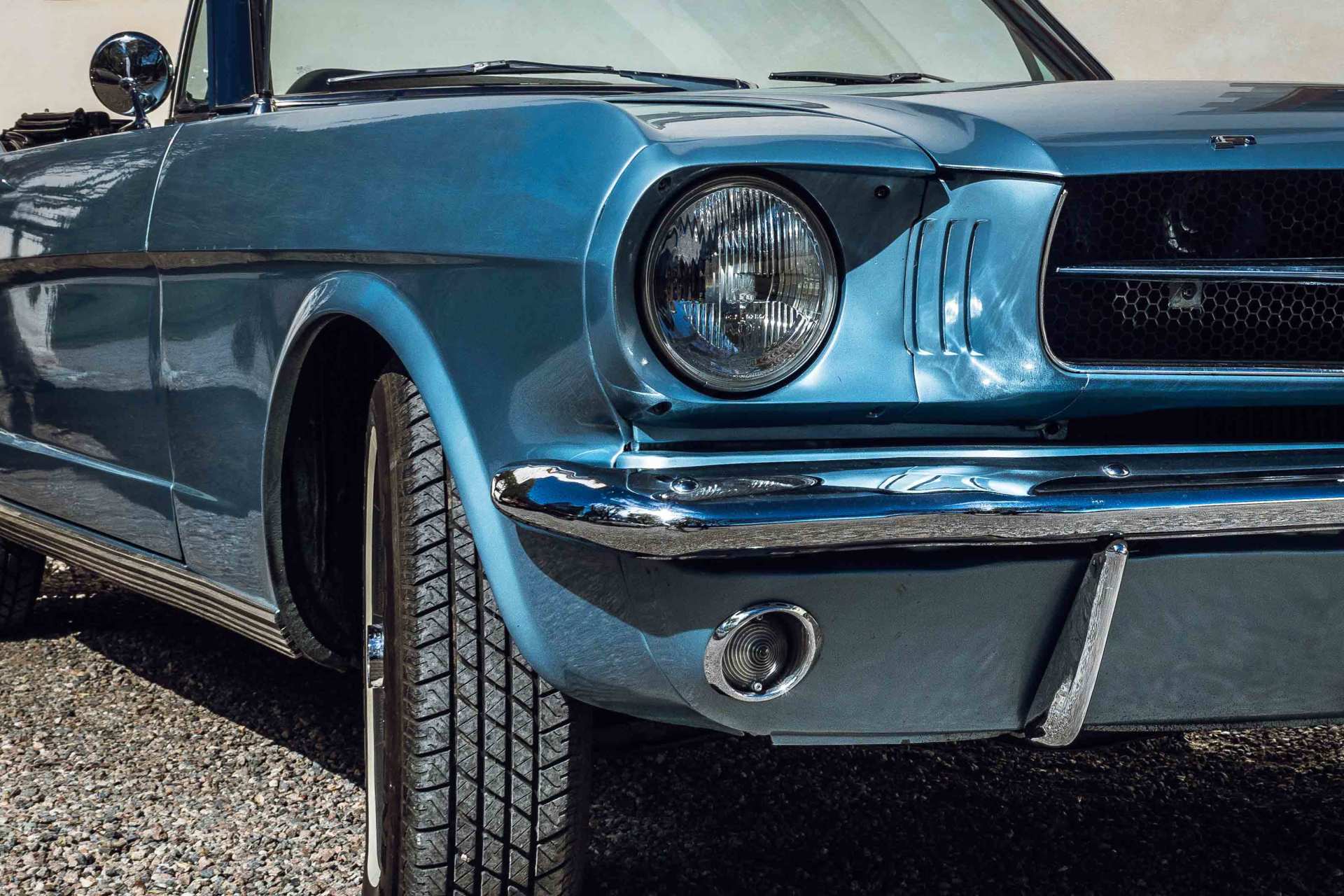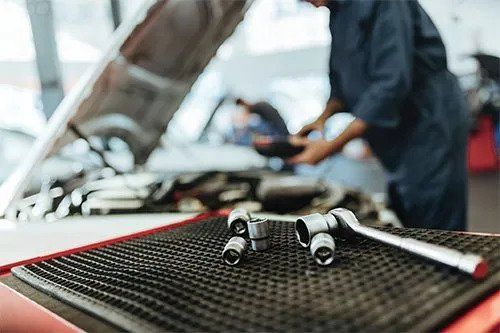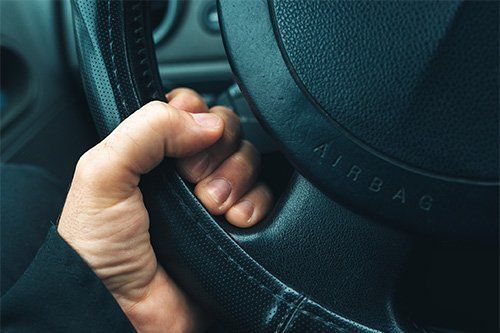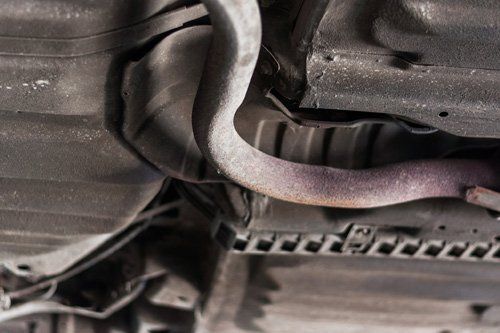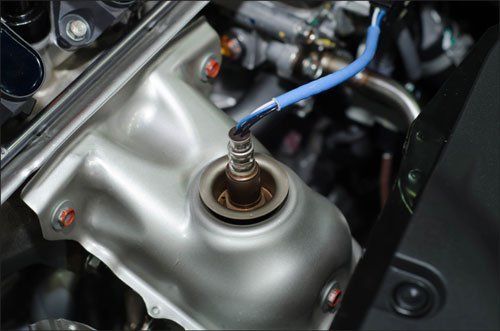Anytime you purchase a car, you want to know as much about the vehicle as possible. When you buy a collectible car that's one-of-a-kind, though, there are some additional considerations to take into account. Before you buy any collectible car, find out the answers to these key questions.
How Readily Available Are Parts for the Car?
You can easily replace parts on a common car, and there are usually multiple original equipment manufacturer, aftermarket, and used parts available for you to choose. Because a lot of people drive these cars, there's a high demand for parts and the supply reflects the demand.
However, you may have a harder time if you need to find a specific part for a collectible car. Collectible cars are scarcer, so there's less of a demand and a smaller supply for their parts. Many of these models are also older, which makes finding used parts from a junkyard more difficult.
Before you buy a collectible car, make sure you have a source for any parts that might be needed in the future. Despite the challenges, you can still usually find parts if you search for them. Do your research to make sure you can, however, for you'll likely eventually need to order a component.
How Will the Car Be Stored?
Storage is especially important once you own a collectible car because protecting the vehicle from the elements and potential vandalism is essential to preserving the vehicle's value. You don't want a hailstorm or burglar to damage your car, and even the sun can fade interior trim and fabric over time.
The best way to protect your collectible car is to park it in a garage that can be locked. A carport provides some protection from the elements, but it doesn't give all-around protection in a secure place like a garage does. An uncovered driveway provides almost nothing in terms of protection.
In addition to parking your car in a garage, you might also want to keep it covered. You may find it inconvenient to cover your car each time you park it, but it helps prevent dust from collecting on the car. You're also less likely to accidentally scratch the paint while you move things in or out of the garage if the vehicle is covered.
Where Will the Car Be Parked When Driving?
Your home isn't the only parking situation to think about. Take a few minutes to consider where you'll park the car when you're out using the vehicle.
For example, when you park your collectible car on the street, you invite more dangers and risks than if you parked in a parking garage. With others parallel parking and vehicles of all sizes going by, your vehicle is liable to get bumped or scratched. This could happen in a parking lot too, but the chances of sustaining damage are less.
You may not have a lot of say as to where your car can be parked while outside, but you should at least be aware of what risks are involved. If you're able to, park in parking lots or garages rather than on the street - even if doing so is slightly more inconvenient.
What Insurance Will Cover the Car?
Collectible cars are often covered by specialized auto insurance policies that have been specifically designed for less-common and high-value vehicles. These policies typically come with the same liability protections as other cars, but the coverage they offer for the car itself is stated value coverage.
Stated value coverage insures a vehicle for a specific amount that's determined at the time that the policy is taken out. This lets you insure your collectible car for what you believe it's worth.
If you're interested in a
collectible car that's for sale, or you need parts for any car, contact Advantage Salvage & Auto Parts LLC.
A rebuilt engine isn't the most common car repair, but there are a few times when a rebuild is the best repair for the situation. Learn more about them.
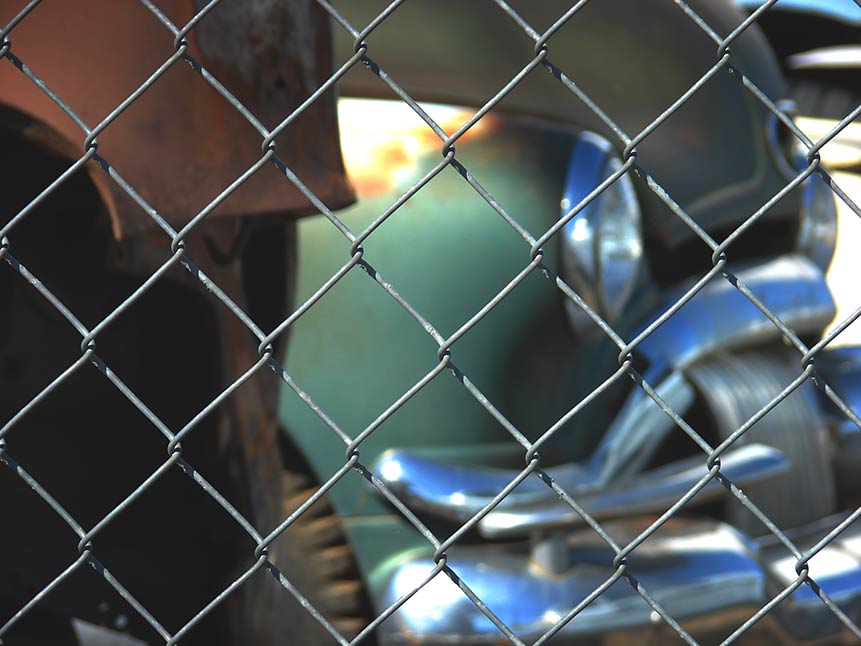
Salvage auto part yards are a source of great bargains for those who want to replace parts on their vehicles. However, those who have never purchased from a salvage yard before should learn a few things about how to do business with a salvage yard. The following are six mistakes you need to avoid if you go to a salvage yard to look for used auto parts.

